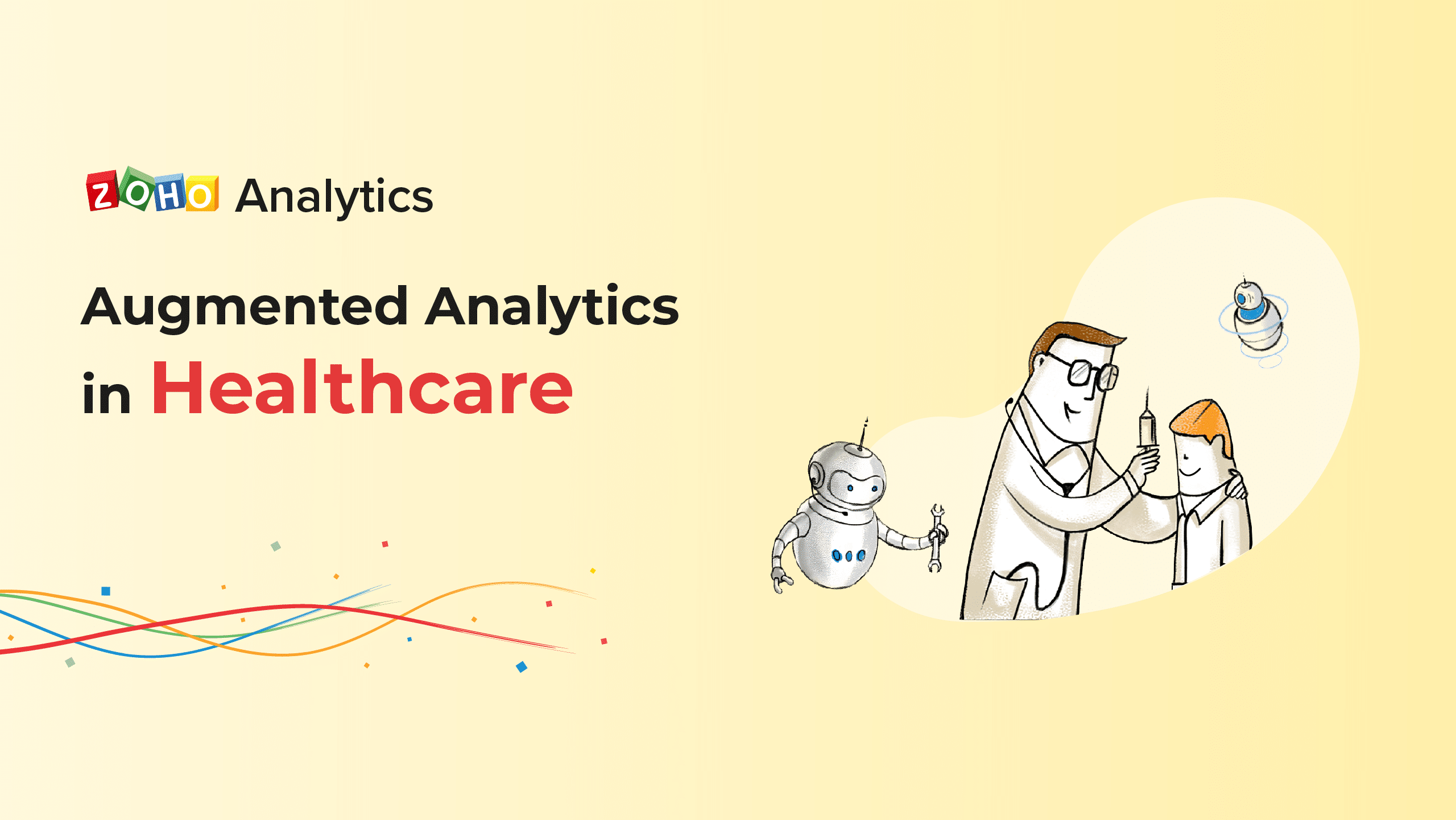From being passive consumers to becoming active participants today, the needs and expectations of patients have increased substantially over time. The past few decades have seen major advances in medicine and health care, and this has brought about disruption in the industry. Achieving outcomes through innovation, at a lower cost, is more imperative than ever.
Healthcare has always generated a vast amount of data from scientific research, clinical trials, treatment, and patient profiling. Estimates suggest that the amount of medical data doubles every three years.In this space, there is sufficient impetus for Analytics augmented with enabling latest technologies like Machine Learning and AI, to step in and offer insights in real-time to improve the efficiency and speed of healthcare functioning.
Traditionally, large scale, wider adoption of new technologies within health systems has been a huge barrier. If applied well, the augmented technologies can help in taking some share of the existing burden, shifting care from reactive (i.e treatment) to proactive (i.e prevention) as much as possible. For them to succeed, they need to be integrated or embedded seamlessly within the current workflows and drive productivity without compromising the ‘human touch.’
Key drivers of analytics adoption
Improving patient outcomes
Any success in proactive diagnostics can be achieved by pre-empting avoidable hospitalisations beforehand. Augmented analytics can drive personalised medicine by offering a holistic view of a patient’s health condition from various data sources (like electronic medical records and data from wearables) that helps in preventive healthcare.
Despite all the effort, patients still get admitted into hospitals and worse get readmitted again. Up to 25% of patients who are discharged from hospital, return within 30 days. Most of these readmissions are preventable. Here again, Analytics can help with trends and insights to understand the reasons behind and make sure patients get adequate transitional care.
Here’s a dashboard that helps to continuously track 30-day readmissions in a hospital:
Optimization of healthcare operations
Providing healthcare as a service involves dealing with challenges that are hard and unique such as higher number of steps in a procedure (say clinical diagnosis), high variability and anomaly at each step, zero scope for medical errors. All this while facing cost and revenue pressures (in case of private institutions) no different from other industries.
To streamline and optimise the operations of a healthcare provider, say a hospital, analytics can help with continuous monitoring of key parameters such as patient visits, waiting/admission time and cost. They help in setting the direction and determining further course of actions from time-to-time.
The following is a sample dashboard to track the performance of hospital operations:
Improving healthcare quality
Often compared with airline industry for six-sigma efficiency, the margin of errors that healthcare could afford is 0.002 errors/million. A major impediment to achieving this is the complications that rise from hospital care, notably Hospital Acquired Infections (HAIs) which can occur due to the spread of multi-drug resistant pathogens, surgical errors, and adverse drug effects.
HAIs can effect major strain on both patients’ health and hospital’s resources.By leveraging advanced analytics, hospitals can quickly identify the sources of an infection, track its spread, and contain it as quickly as possible.
The dashboard that captures key insights on hospital acquired infections can be seen below:
Challenges for analytics adoption in healthcare
Trust issues
A fundamental issue that affects augmented analytics adoption is the lack of accurate understanding about how the system arrives at its conclusions. Hence, more effort is required on the part of providers to address the concerns of technicians, nurses, and physicians. One notable example is the apprehension about the undetected bias in data analysis which can be clarified by pointing out that it is easier to minimize algorithmic bias than potential human bias. This helps to build trust and thereby improve buy-in.
Data access and regulations
There has been a significant rise in compliance and fraud risks, especially the misuse of personal health data. Regulations like GDPR (to which Zoho is compliant) classifies all health care data as a sensitive subcategory of personal data. The most important and rather tedious step is to ensure necessary consent is obtained for all the relevant data collected. Therefore, health care providers must be ready for significant investment towards a proactive and secure approach to data collection and analysis. The benefits of working in this direction greatly outweigh the effort.
We at Zoho Analytics provide advanced analytical capabilities augmented with AI, both in on-premise and on the cloud. Learn more about our AI-powered smart analytics assistant Zia, here. You can also get started with us to better understand what we offer.
Net Universe offers all Zoho subscritpions and consultant services with worldwide Delivery Services.
Send us an email to [email protected] for more information or visit https://www.netuniversecorp.com/zoho.





